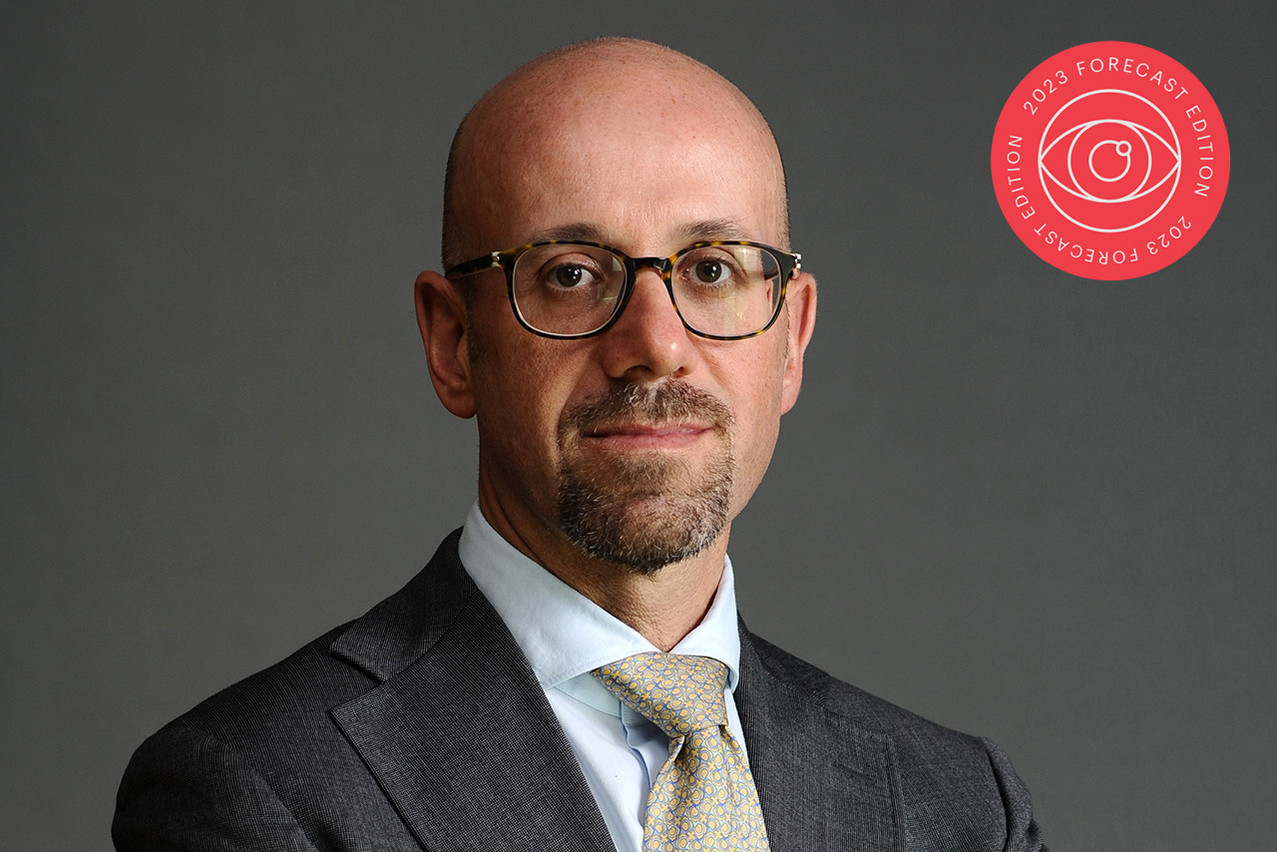With respect to asset management or the world of financial services, I think the top three trends for 2023 would be ESG, digitalisation and data.
Integration of ESG factors
The importance of ESG is driven by regulation, as well as the need to integrate ESG factors into the entire value chain. As a service provider, we have duties to satisfy regulations and to fully integrate environmental considerations into the way we run our own business. But we can also look at it from the perspective of asset managers--our clients--and how we help them resolve issues related to ESG.
There are two points of view. One is ex-post: it concerns the required reporting and disclosures, which is mainly an issue of having information available in a usable format.
However, it’s not as easy as it seems. The world of ESG is unstructured and unformatted. Confusion may arise if data providers refer to the same thing in different ways, or categorise the same element in different manners. To use data properly, it needs to be standardised and normalised. I think that we, as service providers, will have to respond to this issue.
The other point of view is ex-ante: how to integrate information into the entire value chain. ESG must be part of the entire process--and this is something the European Central Bank is asking banks to do.
ESG factors need to be integrated into all layers of activity, from front office to back office to risk management. The key challenge is ensuring you have consistent and normalised information throughout the entire investment cycle.
The digital trend
Looking at the digital aspect, I think the challenge will be on two sides: cryptocurrency and the digitalisation of traditional asset classes.
Crypto is a potential asset class--its integration into dedicated portfolios or together with other assets could be a trend in financial services in 2023, notwithstanding the recent issues that we have seen with certain crypto platforms.
Another trend relates to the digitalisation of traditional asset classes and how we use digital ledger technology to facilitate the management of complex asset classes.
Digitalised assets are much easier to negotiate, especially when the assets are complicated. For example, the time it takes to sell or negotiate a loan is significantly reduced when it is digital compared to when it is in a traditional format. For us, as a bank and as a provider, it means that we need to custodise those assets in the proper way--State Street is aiming to become a custodian of digital assets.
Another possible trend is the digitalisation of processes like the transfer agency activity. Digital ledger technology, or the blockchain, could become instrumental to significantly reduce the lead time for the subscription or exchange of funds. So investments in digitalisation and digital ledger technology for transfer agency services or fund distribution is a trend that I would anticipate for 2023 and onward.
Data
I think the trend for 2023 will be the extreme need to access reliable information, defending and protecting this information, instituting the concept of a golden standard, and developing a meaningful data environment. For many asset managers, this will mean rebuilding infrastructure that was built many years ago. It will need to be restructured to put data at the core of activities and to ensure that all applications work with the new logic.
Silos and vertical processes need to become more circular processes, with data at the centres. All of this will be achieved by moving data to the cloud, creating provenance and protecting the integrity of the data.
